Artful Breakdown: A Conversation with Deven Rue
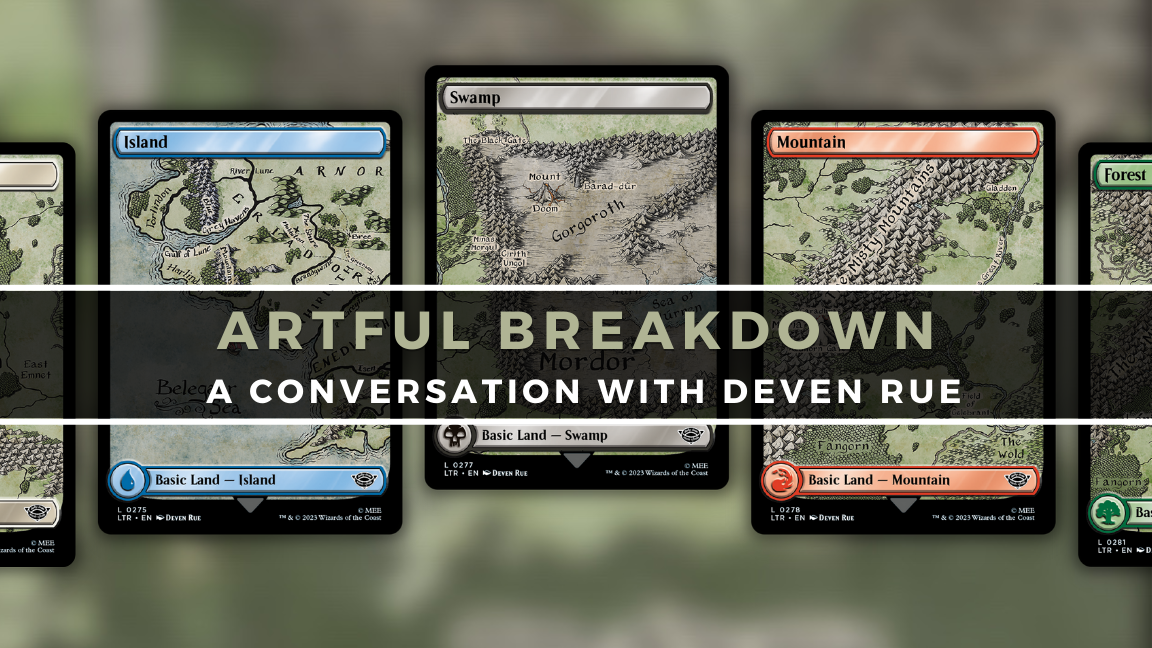
Welcome back to Artful Breakdown, the series that takes a look at the art of Magic: the Gathering cards and the strategies, tricks, techniques, and decisions that go into making it. I'm Aaron, a fantasy illustrator myself, and it's my pleasure to be your guide to looking at the interesting stuff you might miss at card size.
And the word "guide" is especially apropos today. A wizard may always arrive when he's meant to, but it helps the rest of us if we know where we're going. So with Lord of the Rings: Tales of Middle-earth on the mind, I got a chance to pick the brain of an eminent mistress of maps and cartographer extraordinaire, Deven Rue. I was thrilled to get to talk about her contribution to the set in the form of the new map lands of Tolkein's world! So join us on this trek, don't get lost, and pack some snacks!
(Elements of the interview have been edited for clarity)
Artful Breakdown: Standard preliminaries right up front: how'd your journey as an illustrator begin? Was this always a path you knew was for you or did you come to this later in life?
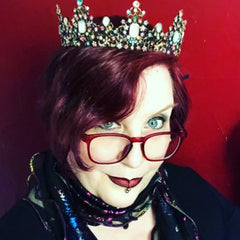
Deven Rue: I've always had an interest in art since I was a child, and I love learning new techniques and forms of it. Though I've always drawn, I actually did far more surreal work on canvas for most of my artistic career until about 15 years ago when I just decided I wanted to focus more on the other forms of art that I love.
AB: You're probably best known for your maps, including your work with Critical Role. At least, that's where I learned about your work. It's definitely a non-standard specialty. What drew you to it?
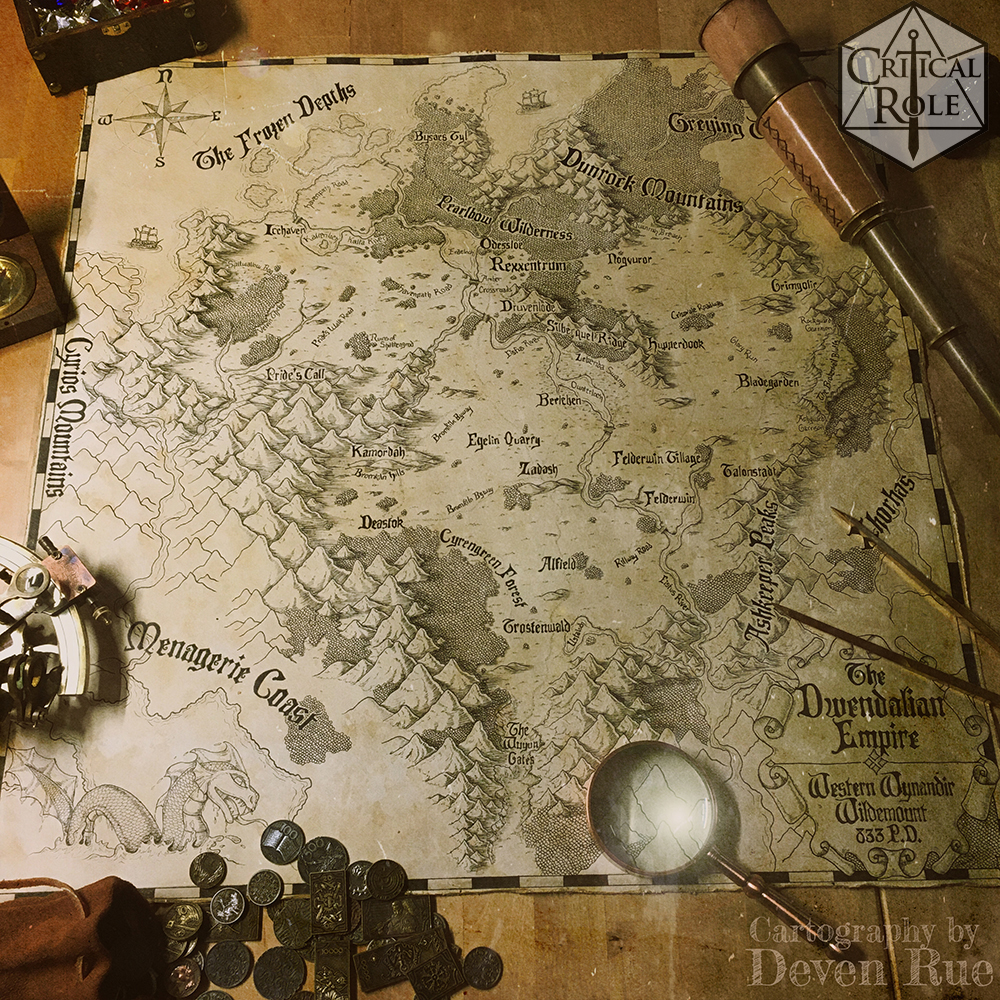
DR: A love of maps! In 2012 I made a map of Skyrim from The Elder Scrolls game series, because the map that came with the game didn't look like something you'd find in the world of Nirn, and I love making paper props, and maps are no exception. I made a prop map of Skyrim and that led to a lot of interest by people in the gaming & TTPG community, so when I starting getting a ton of requests to make more maps, I happily obliged.
I love this! Sometimes, "they didn't do it right" is a great motivator, and as artists we never really know what's going to catch on with people. So often we end up falling into the things we're best known for rather than planning it. And it's very true that generally you want a map to feel like it belongs in the world it came from. This principle comes up in map fantasy. Tolkien's work is a classic example.
AB: How do you go about approaching a map piece? Do you feel like it needs a different approach than other forms of illustration?
DR: Definitely! I apply a lot of Earth Sciences to the maps I create and advise on. Even in the realms of magic with the effects it would have on a planet, I still apply enough science to keep things from breaking immersion. I also want to make sure it adds to a story and tells the history of a world or region. With illustrations, they feel very present and in the moment. Maps are purely in the past and are telling stories about what was.
This is a fantastic observation. There's a lot of thought that goes into maps, what they depict and how. And you can see that in a lot of your work. I know it's a thing I noticed in your work!
AB: How did you end up getting the gig to do the Middle Earth basics lands? Was this a kind of project you'd always wanted to do, or did getting this job with sneak up on you?
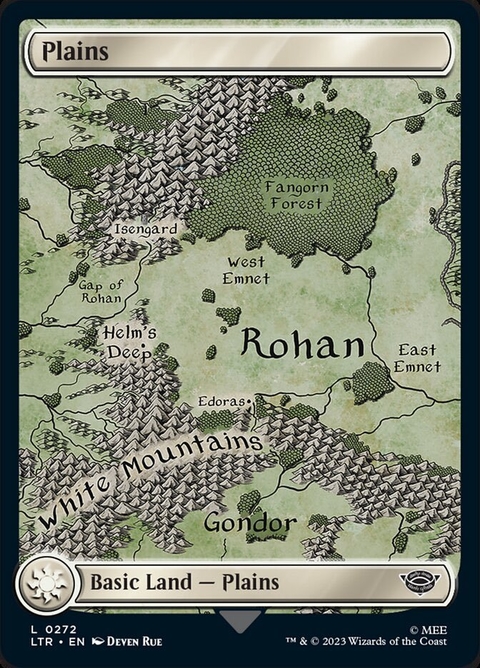
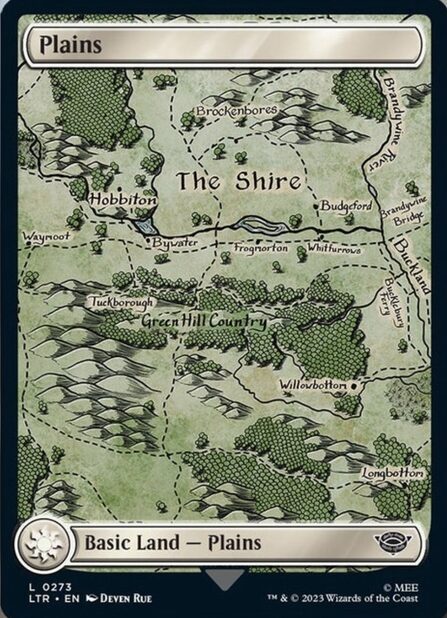
DR: I am a HUGE Tolkien fan and have been since I was a child. Read everything I could get my greedy little hands on, and my wedding ring is Nenya! I had worked with WoTC before. I did all the maps for Explorer's Guide to Wildemount, and several for Call of the Netherdeep. When I was approached to make the cards, I honestly ran around my house screaming for a solid 10 minutes easily! It's an absolute dream come true, and I am extremely honored to have been asked to create them.
AB: Can you tell us anything about the best parts or any special difficulties in creating these? What was the process like? Did it differ from your usual work?
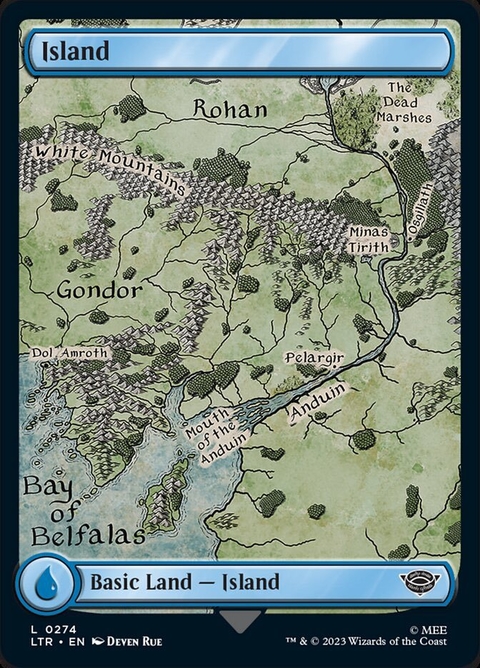
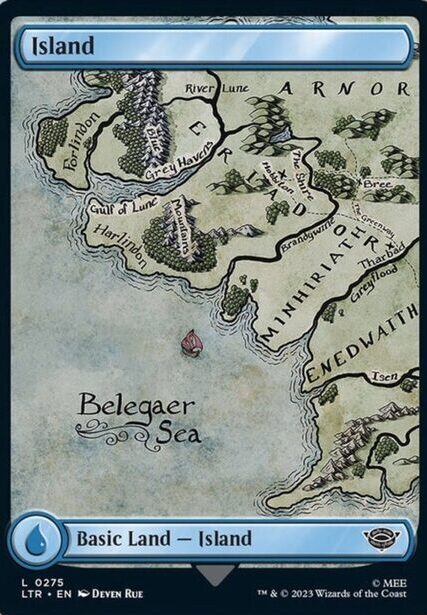
DR: First, I have to say that my Art Director, Sarah Wassell, was amazing to work with! Absolutely the best! They gave me a written description of the sections of the map they wanted and a single example of the original maps from Tolkien's books (so Christopher Tolkien's work) so I would have a clear understanding of the area.
The rest is entirely my interpretation of those areas based on my knowledge of Tolkien's works, the maps, and my imagination. Secondly, the only difficulties with the project was waiting for the Tolkien Estate approvals and thinking they were going to hate them (because all artists think that, especially the longer a response takes, and I never talked to anyone there directly). Otherwise, it was pretty standard to the work I've done with WotC previously except I finished these in relatively short order as it's lands and a world I'm extremely familiar with.
AB: Do you have a favorite map you've done? And what about it makes it your favorite?
DR: I can't say I have one because there's something special about them all. From the ability to make worlds feel even more real (Skyrim), to adding elements to the world lore (Critical Role), to giving a new look to worlds we're incredibly familiar with (Middle-earth & Sword Coast), to creating brand-new worlds yet to be explored that people can weave their own stories in...I just really love them all.

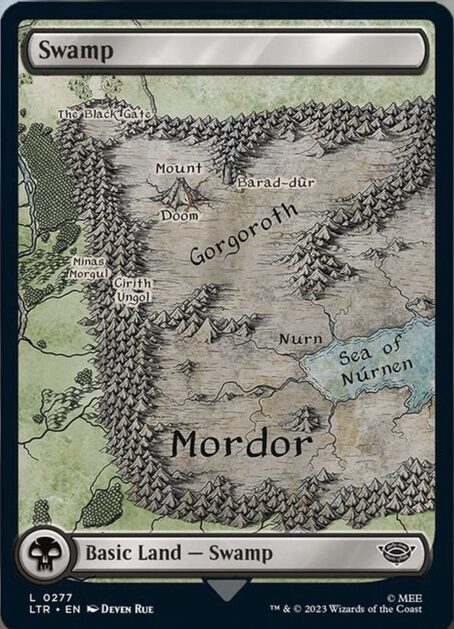
In hindsight asking that was kind of unfair. For some artists it's like asking them to choose a favorite child. But I still kind of love how the answer tells us something about the artist. Some artists love their stuff, others are so critical they dislike anything they made more than a month ago.
AB: What's your greatest strength as a cartographer? What's something you consider a weakness or a bit of a struggle to do?
DR: My strength would be my ability to add elements to my maps that intrigue people and make them want to explore areas! My weakness is borders. I just like drawing the map part, and the borders and such just aren't as interesting to me.
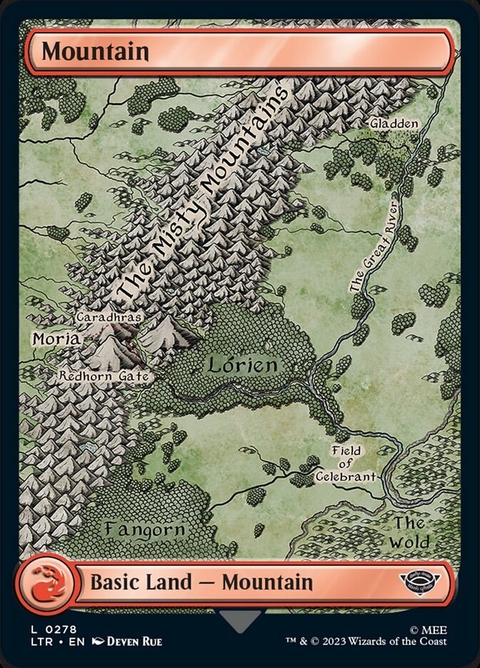
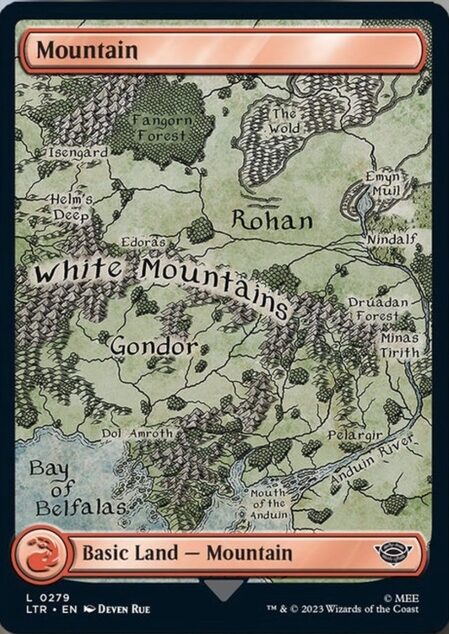
AB: In your Twitter bio you mention you're partially blind. It's one of the big fears for a lot of us. Could you talk a bit about what that's like and how it impacts your work?
DR: I was born partially blind, so I don't know anything different. My only struggles with being partially blind and being an artist was working with art instructors who don't know how to convey concepts using non-visual descriptors or not understanding my art will not look how they want it to because I cannot see how they do. I am assuming, however, that other artists probably don't need the art blown up as much as I do (thanks to magnifying glasses before I became a digital artist), nor that they need specific colored layers over their art to keep from the severe eye fatigue I experience.
This is such a big deal. "Not understanding my art will not look how they want it to because I cannot see how they do," is a lesson a lot of us could stand to work on learning.
AB: Last one. What's something you think most people don't really understand about being an illustrator? Or a misconception about the job you'd like to clear up?
DR: That there isn't a single gig that will set you for life. Creating for a single big name in any industry is great and might be how you get known, but it won't pay your bills forever and it doesn't guarantee future projects. Being an artist will always be a lot of work, even when you become well known. It will be a lot of constantly putting out new things and trying to get your stuff in front of new audiences. It's a hustle to do this full time regardless of how big your name gets.
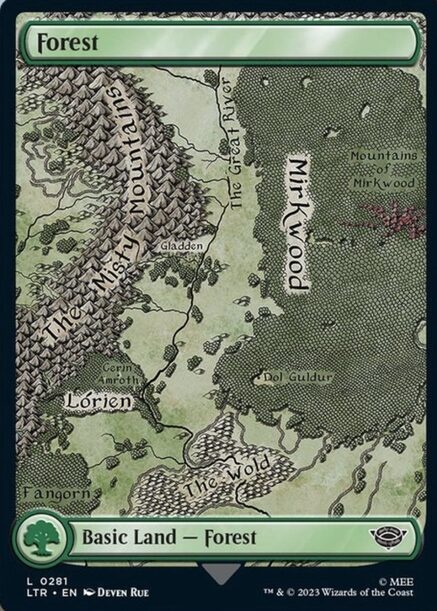
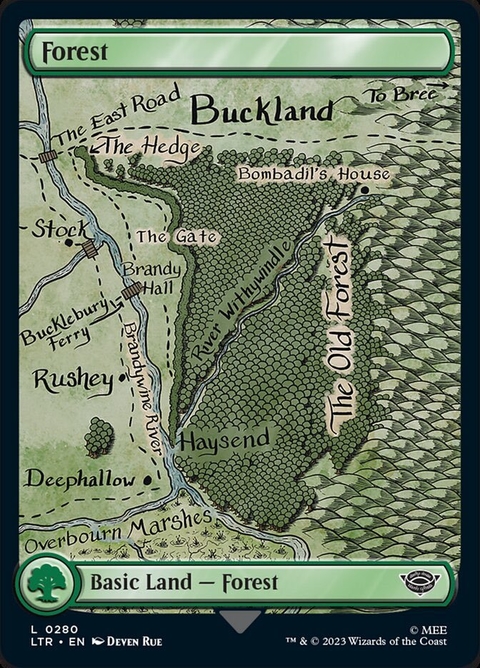
I love that. It's one of the hardest things about this I'm learning too. We rarely, if ever, get to sit still or rest on what's been done. We've always gotta keep moving, putting one artistic foot in front of the other. The upside is the story doesn't have to end until we can't pick up our tools anymore.
The Road Home
I hope anyone reading this enjoyed this as much as I did, because Deven's takes on these maps are incredible. They're classic, energized, and if you've looked at their work, so wonderfully identifiably theirs. If you've never really looked through their maps, I encourage you to spend some real quality time with them. You can find her site here: devenrue.com. Loads of delights on offer!
That's all for this one. I tried to do something a bit different this time rather than the last conversation like this I did. In that one I added my own commentary in italics. This time I thought I'd keep all Artful Breakdown sections completely bold. Let me know if that felt easier and clearer to read. I'm still getting my bearings on this whole interviewing thing.
If you'd like to support more of my own writing and art-making, please feel free to join me on patreon if seeing an illustrator's artistic process interests you or you want to support me outside of the articles I write here. If not, just letting me know your thoughts on these and sharing is wonderful as well. I'll see you again on the next Artful Breakdown.